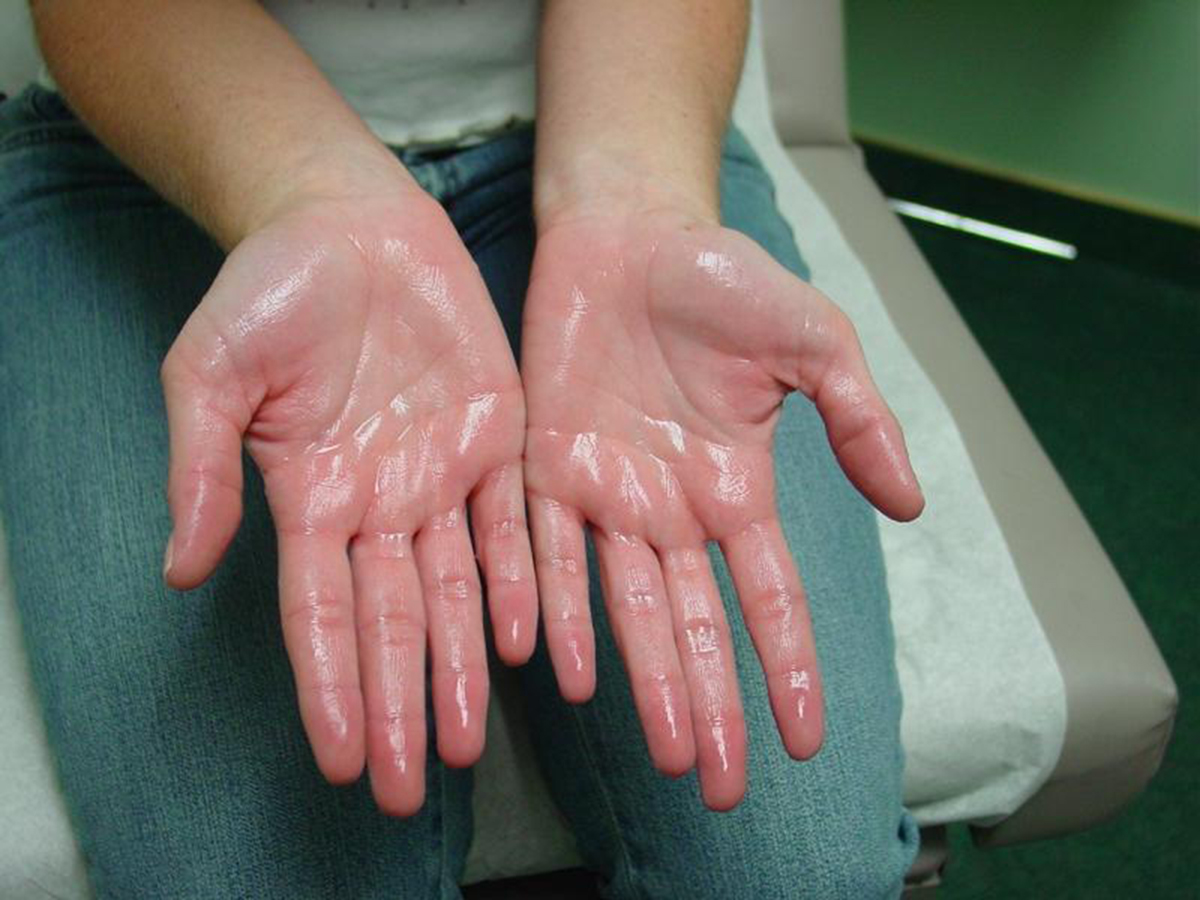
A medical condition that features with excessive sweating is known as hyperhidrosis. Normally, our body sweats and thus it regulates the body temperature. This is also a way to expel waste and certain toxic substances from the body. There is a difference between people when it comes to sweating. Some sweat more, others less, but in case of hyperhidrosis people tend to sweat more than normal. For example, these people may sweat even if the temperature is cool and during rest.
Hyperhidrosis is not a serious or a life threatening condition. Still, it interferes in everyday life and makes patients feel embarrassed. People suffering from hyperhidrosis generally have problem at work and with any kind of social interactions.
Hyperhidrosis typically develops in childhood and young adolescence and it predominantly affects certain body parts such as armpits, palms, soles and feet.
Causes of Hyperhidrosis
Hyperhidrosis may occur due to many reasons. In some people excessive sweating is associated with extreme nervousness and anxiety. The condition may be also hereditary. Furthermore, hyperhidrosis can result from abnormal function of the spinal cord, improper/ unhealthy diet and increased intake of certain substances such as caffeine. Regular and excessive consumption of alcohol is another cause of hyperhidrosis. The condition also affects obese people. And finally, hyperhidrosis can be connected to other medical conditions such as hyperthyroidism, certain autoimmune illnesses, diabetes or it can be a reaction to certain foods.
Symptoms of Hyperhidrosis
Excessive sweating may develop in a form of dripping of sweat droplets or clamminess of the soles and palms. Furthermore, one's clothing is usually soaked in sweat even after minor activities. And there is noticeable abnormal sweating of the armpits, face (particularly forehead) and/ or feet.
Diagnosing Hyperhidrosis
There are a couple of tests which help in confirming hyperhidrosis. They include paper test and the starch iodine test. In paper test a piece of special paper is placed onto the particular body area in order to absorb sweat. After being soaked with sweat, the paper is weighed. In hyperhidrosis the paper appears to be heavier. In the starch iodine test iodine solution is applied onto the sweaty body parts. After the solution dries the particular areas are sprinkled with starch. Due to a combination of sweat, iodine and starch the areas of increased sweating become dark blue.Patients are additionally asked certain questions related to increased sweating and are physically examined.
Treatment for Hyperhidrosis
Several treatment modalities are used in case of hyperhidrosis. Initially patients try applying strong antiperspirants. If they fail, one may be prescribed certain medications such as anticholinergic drugs. Anticholinergic drugs are highly efficient and can reduce stimulation of sweat glands, hence prevent production of excessive sweat.
Botox injections are used for primary axillary hyperhidrosis. The effects of Botox injection last for several months and treatment must be repeated. And finally, in rare cases patients undergo surgical procedure called endoscopic thoracic sympathectomy.




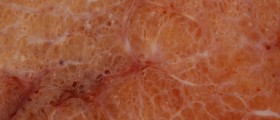




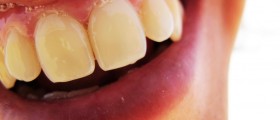
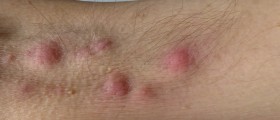
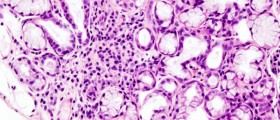





Your thoughts on this
Loading...